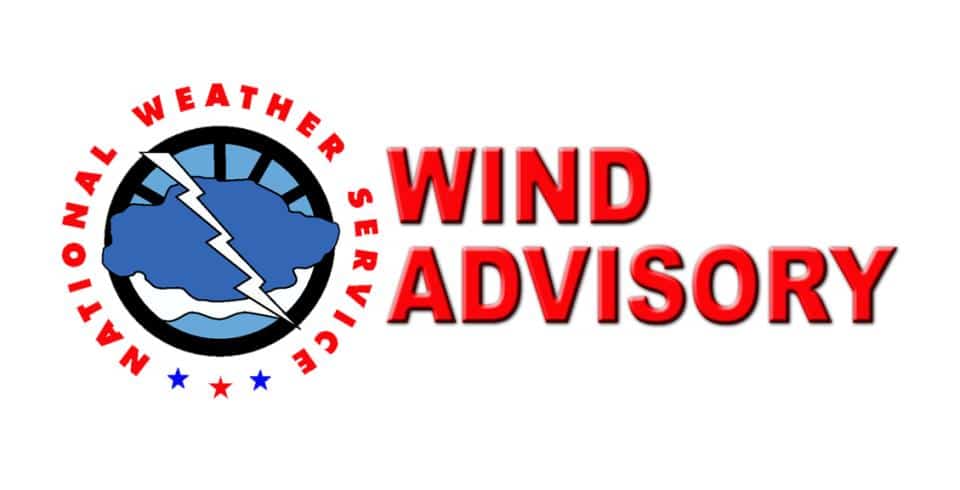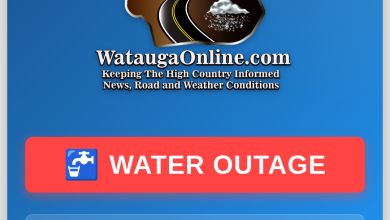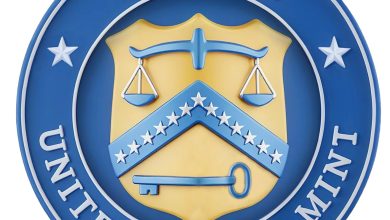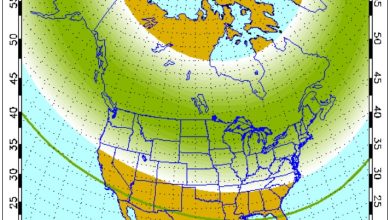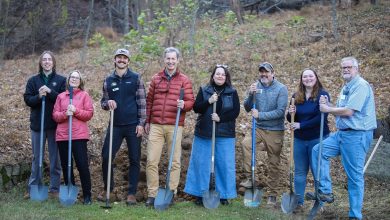Last Updated on December 27, 2019 11:28 am
Asheville, N.C., August 7, 2017- Due to the increase in visitors expected for the solar eclipse on August 21, U.S. Forest Service staff encourage drivers to understand parking rules and plan ahead for high amounts of traffic on narrow forest roads.
Use extreme caution when driving and parking, and pay close attention to other vehicles, pedestrians, and bikers that will be sharing the roads and will likely be distracted. Plan to arrive early at your destination so that you can park legally.
“We want visitors who come for the eclipse to have a safe and enjoyable experience. To ensure safety, we need to keep roadways clear for emergency vehicle use,” said Allen Nicholas, Forest Supervisor of the National Forests in North Carolina. “As you travel on forest roads, keep in mind that there has to be enough space for fire trucks and ambulances to get up and down roads in case of an emergency.”
Parking is not allowed in or on roads, and at sites with “No Parking” signs. If a vehicle is impeding the flow of traffic, it will be towed. When parking on a roadside, be aware that unseen ditches often parallel roads. Natural resources and vehicles can be damaged while entering or exiting a ditch and vehicles frequently require towing from these areas.
Popular areas will likely meet capacity early in the day, and visitors may be directed elsewhere. Forest Service management is focused on public safety and protecting natural and cultural resources. It may be necessary to control traffic and parking, as well as restrict access to some areas to reduce the potential for damage. Forest visitors are reminded to check the National Forests in North Carolina Facebook (www.facebook.com/nfsnc) for safety alerts and road closures put in place to ensure emergency access.
Plan your visit in advance and know what to expect before you arrive. Many roads on the Nantahala and Pisgah National Forests are rough and may not be suitable for vehicles without high clearance or 4 wheel drive. Remote locations outside of developed recreation areas have very limited access and parking, restricted traffic flow, and no facilities with running water. Cell phone service can be limited or unavailable and GPS units are often unreliable in the forest, so plan your route in advance and have a map.









